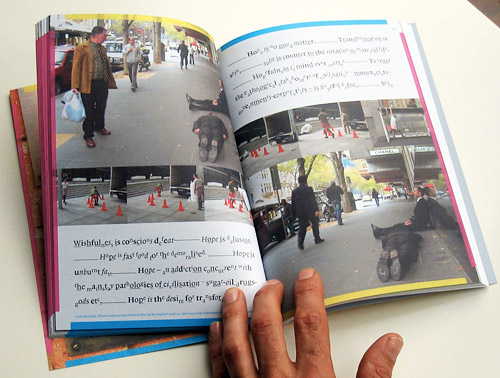
Some Medieval and Renaissance thought pertaining to love, according to David Graeber, went like this:
...when a man fell in love with a woman, he was really in love not with the woman herself but with her image; one that once lodged in his pneumatic system, gradually came to hijack it, vampirizing his imagination...Medical writers tended to represent this as a disease that needed to be cured; poets and lovers, a heroic state that combined pleasures (in fantasy, but also, somewhat perversely in the very experience of frustration and denial) with an intrinsic spiritual or mystical value in itself.And the interrelations, between the Medieval medic and the spin-doctors of capitalism, continue in terms of how capitalism strives for the clean and the sanitised while beneath its images of wholesomeness and plastic patinas, ecologies are devastated and wasted. Language, it has been said by many, does play a big part in capitalism's veiling and mediation, it paves a civil way clear for the savagery. Think "clean coal" for example, or Coca-Cola's greenwashing in light of its production of bottled water and highly sugared, early-onset-diabetes-drinks for young people. Get 'em early says the church. Get 'em early says the corporation. Anyway, back to Graeber's Possibilities.
...lonely brooding is punctuated by frustrated urges to seize what cannot really be seized... A fair amount of "embracing" certainly did go on in Medieval Europe, as elsewhere. Still, this [lonely brooding] was the ideal, and critically, it became the model not just for sexual desire, but for desire in general.
In my early twenties, a country boy living in the city, I became obsessed with soft-porn advertising billboards, how corporate images promoting desire sanatised sex, and how graf artists played with or attacked these images. "Through her legs the tollways", was a line from a poem I later wrote called Billbored Sex when Australia's roads were beginning to be privatised and mega-billboards were popping up everywhere. Bugger-Up campaigners and graffitists were the local Oz wing of the global ad-busting movement. I was studying feminist art practices at the time and looking critically at gender representation in art and the media. And at the same time I was slavering over these images; broodingly, longingly.

No comments:
Post a Comment